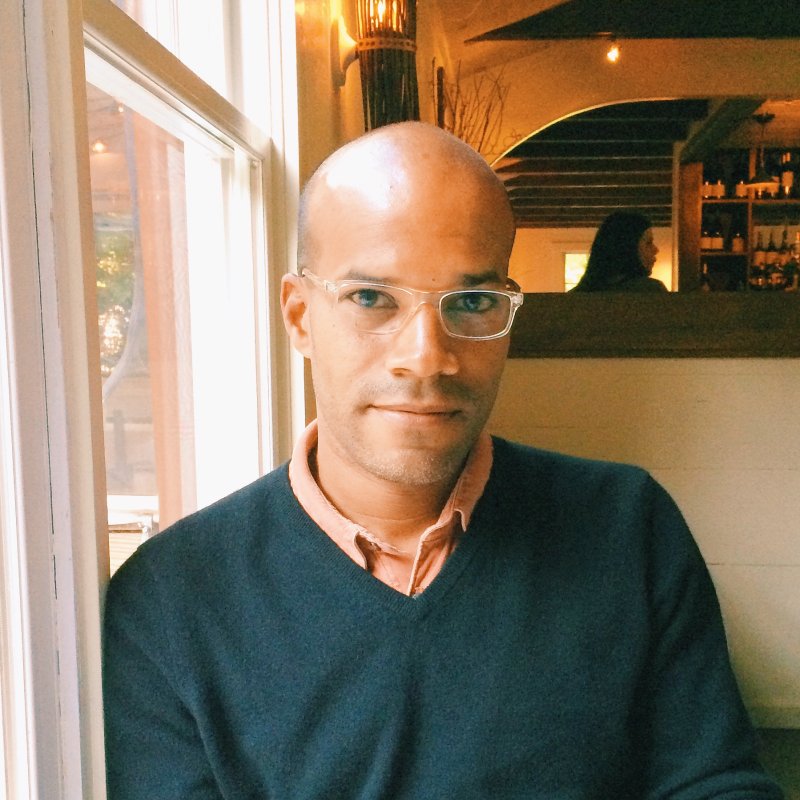Biography
Tamara Golan studies and teaches medieval and early modern art from northern Europe. She specializes in the visual and material culture of Switzerland and southern Germany, and her interests range from the intersections of art, science, and the law; paradigms of expertise; artistic fraud and deception; and questions of materiality.
She is currently at work on her first book, which investigates the role played by legal definitions of evidence in the development of pictorial naturalism in fifteenth- and sixteenth-century Swiss art. This project explores how artists from this region addressed the growing desire to test and verify the sacred through forensic examination of the natural world, charting the increasingly vexed relationship between human artifice and its evidentiary status on the eve of the Reformation. Viewed broadly, her account provides an alternative history of naturalistic painting, showing how questions of representation could be determined by legal considerations. Her other research projects include studies of the relationship between juridical discourse on the body and the political lives of reliquaries; the fraught legacy of late medieval artists in East Germany; the impact of confessional reform on altarpiece production; and Swiss mercenary artists.
Golan received her PhD from Johns Hopkins University and her MA from Tufts University. She has previously held fellowships from the American Council of Learned Societies, the Samuel H. Kress Foundation, and the Max-Planck Kunsthistorisches Institut in Florence.















